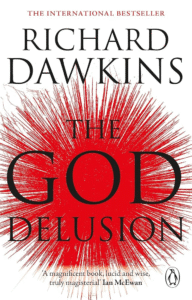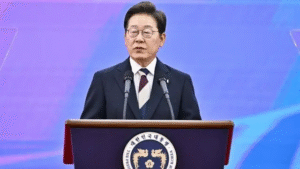The Silver Screen Under Siege: Trump’s 100% Tariff on Foreign Films and the Battle for American Cinema
President Donald Trump’s announcement of a 100% tariff on all films produced outside the United States has sent shockwaves through the global film industry, igniting a fierce debate about protectionism, artistic exchange, and the future of American cinema. Citing national security concerns and the perceived decline of Hollywood, this drastic measure aims to shield domestic filmmakers from foreign competition. However, the move raises critical questions about its potential consequences, the validity of its justifications, and the broader implications for cultural exchange in an increasingly interconnected world.

Justifications and the Perception of a Struggling Hollywood
The rationale behind the tariff, as articulated by the Trump administration, centers on two key arguments: national security and the revitalization of the struggling Hollywood film industry. The national security argument, while vague, likely stems from concerns about foreign influence and propaganda infiltrating American screens. The administration may fear that foreign films, particularly those from nations with adversarial relationships with the US, could subtly manipulate public opinion or promote ideologies that undermine American values. The claim of a “struggling” Hollywood, however, is more debatable. While certain segments of the industry may face challenges, Hollywood remains a global powerhouse, generating billions of dollars in revenue and wielding significant cultural influence. Nevertheless, the administration argues that foreign competition, particularly from burgeoning film industries in Asia and Europe, threatens to erode Hollywood’s dominance and stifle domestic creativity.
Potential Impacts on American Cinema and Global Exchange
However, the 100% tariff raises serious concerns about its potential impact on the American film industry itself. By significantly increasing the cost of importing foreign films, the tariff would limit the exposure of American audiences to diverse cinematic perspectives and styles. This could lead to a homogenization of American cinema, stifling innovation and creativity that often arise from cross-cultural exchange. Furthermore, it could trigger retaliatory tariffs from other nations, hindering the export of American films and damaging the industry’s global reach.
Questioning the National Security Rationale
The argument that foreign films pose a national security threat also warrants scrutiny. While it is true that films can be powerful tools of cultural influence, the idea that a 100% tariff is necessary to protect American values seems overly simplistic. American audiences are sophisticated and capable of critically evaluating the content they consume. Moreover, the free flow of ideas and cultural exchange is essential for fostering understanding and dialogue between nations. Isolating American cinema behind a protectionist wall could have unintended consequences, creating a climate of suspicion and hindering international cooperation.
The Threat to Independent Cinemas and Artistic Diversity
Furthermore, the tariff’s potential impact on independent cinemas and art houses, which rely heavily on foreign films to diversify their programming, could be devastating. These institutions play a vital role in showcasing independent and experimental films that often challenge mainstream narratives and offer alternative perspectives. The tariff could force many of these cinemas to close, limiting access to diverse cinematic experiences for American audiences.
The Uncertain Long-Term Consequences
The long-term effects of this policy remain uncertain. It is possible that the tariff could stimulate a resurgence in domestic film production, leading to the creation of more original and innovative American films. However, it is equally possible that it could lead to a decline in cinematic diversity, a weakening of international film partnerships, and a retaliatory trade war that ultimately harms the American film industry.
A Balancing Act: Protectionism vs. Cultural Exchange
In conclusion, President Trump’s 100% tariff on foreign films is a bold and controversial move that has far-reaching implications for the American film industry and the global cinematic landscape. While the administration’s stated goals of protecting national security and revitalizing Hollywood are understandable, the potential consequences of this policy warrant careful consideration. The tariff raises critical questions about the balance between protectionism and artistic exchange, the role of government intervention in the arts, and the importance of fostering a vibrant and diverse cinematic ecosystem. The future of American cinema, and its place in the global cultural dialogue, hangs in the balance.




















